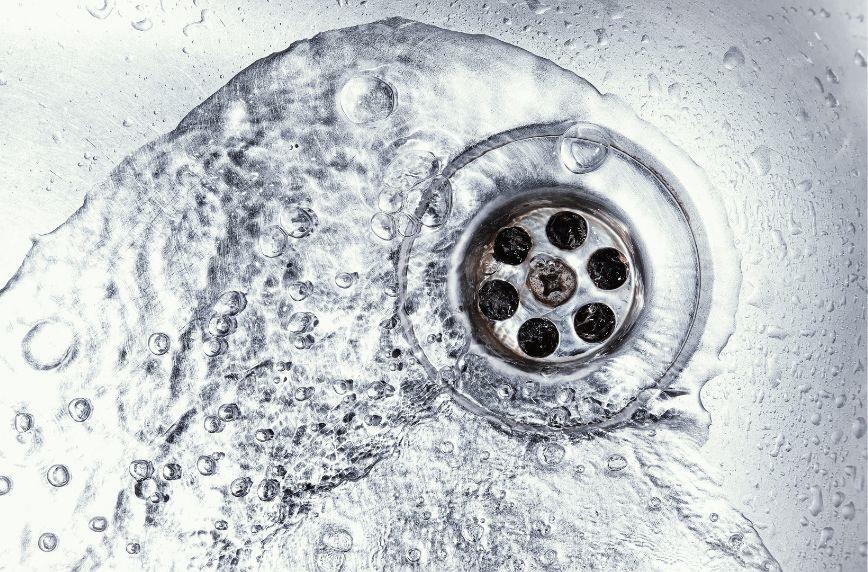Slow-draining sinks and tubs are annoying and inconvenient. When slow drains aren’t corrected, the problem can lead to more serious plumbing issues. Explore three common reasons for slow-draining sinks and tubs.
1. Clogged Drainpipes
Over time, debris such as hair, soap scum, and food particles can accumulate inside pipes and cause blockages. These blockages restrict the flow of water and result in slow drainage.
A plunger, drain snake, or liquid drain cleaner can often clear minor clogs. However, severe blockages may require professional plumbing services.
Use Liquid Cleaners Cautiously
If you can clear the clog without using a caustic drain cleaner, do so. Liquid drain cleaners can damage any type of pipe by eating through the pipe material.
Enzymatic drain cleaners are another kind of drain cleaner. These cleaners use enzymes or bacteria to rid clogged drains of organic matter. Enzyme drain cleaners typically take 8 to 24 hours to work, but they won’t damage pipes.
2. Broken Sewer Line
A broken sewer line is another common reason for slow-draining sinks and tubs. If the main sewer line leading from your home becomes damaged or develops cracks, it can impede proper drainage throughout the entire plumbing system.
Multiple slow drains throughout the home are among the most common symptoms of a broken sewer line. In addition to slow drainage, you may smell foul odors in your home, hear gurgling sounds, or even see sewage backup. Sewer line repairs typically require professional expertise and equipment.
3. Faulty P-Trap
The P-trap is a curved section of pipe located beneath sinks and tubs. It is designed to catch solid debris to prevent them from going further down the drainage system. P-traps also prevent sewage smells from moving from the drainage system into the home.
If the P-trap becomes damaged or is improperly installed, it can hinder proper drainage. You can often resolve slow drainage issues by checking the P-trap for clogs or leaks, cleaning it, and ensuring it is properly aligned.
Clogged drainpipes, broken sewer lines, and faulty P-traps are three causes of poor drainage in homes. While some issues can be resolved with DIY methods, others may require professional plumbing services. Promptly address slow drainage to prevent further damage and restore proper function.
Are You a Professional?
Requests for your services are coming in left and right. Let’s connect and grow your business, together.


